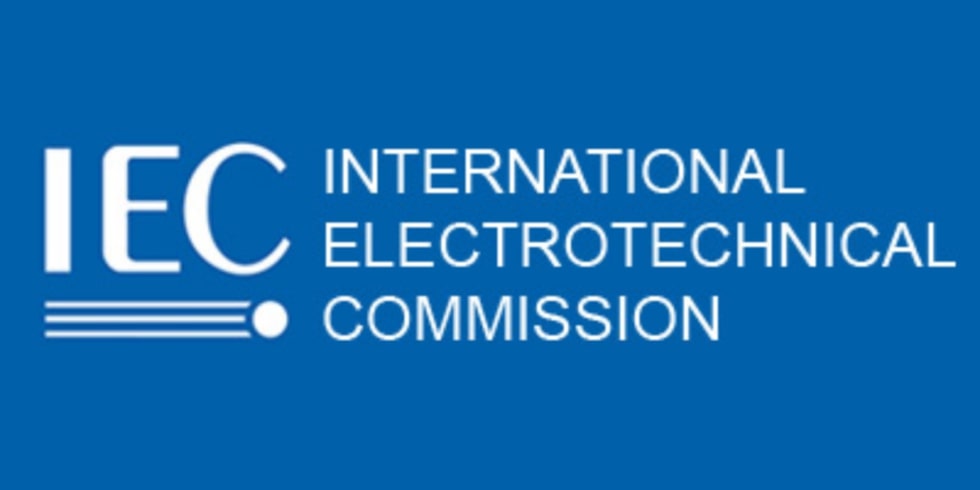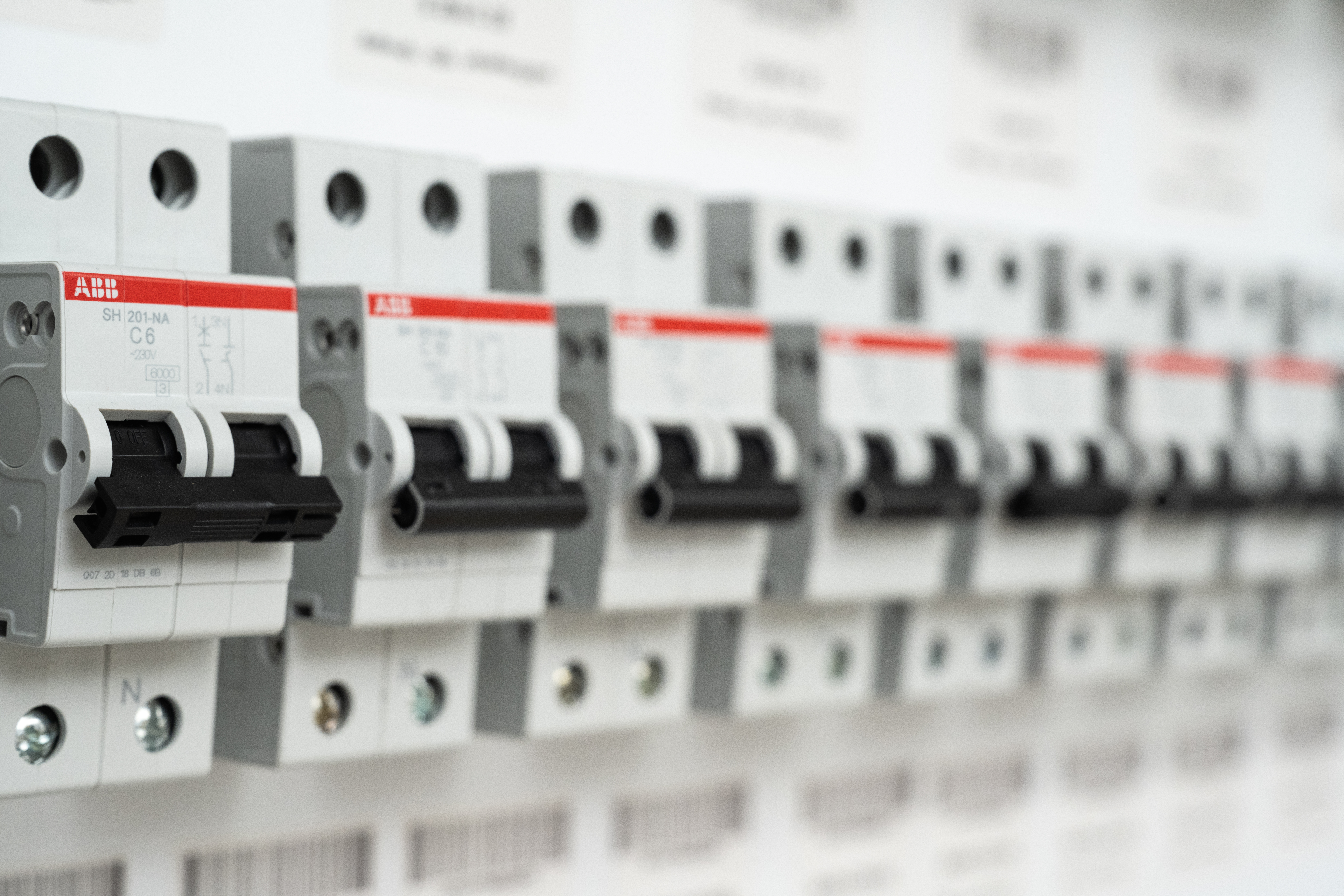
IEC სტანდარტების მნიშვნელობა
IEC სტანდარტები ელექტროინსტალაციისთვის და ზოგადი ასპექტები
1. IEC სტანდარტების მნიშვნელობა
IEC (International Electrotechnical Commission) სტანდარტები საერთაშორისო ნორმებია, რომლებიც არეგულირებენ ელექტროინსტალაციის უსაფრთხოების, ეფექტურობისა და სანდოობის წესებს. მათი მიზანია, გაამარტივონ გლობალური ელექტროსისტემების სტანდარტიზაცია და უზრუნველყონ ელექტრო მოწყობილობებისა და სისტემების თავსებადობა.
2. სტანდარტების დანიშნულება
IEC სტანდარტების დანიშნულებაა:
- უსაფრთხოება — დაიცვას ადამიანები და მოწყობილობები ელექტრული რისკებისგან.
- ეფექტურობა — უზრუნველყოს ელექტროინსტალაციის გამართულობა.
- სანდოობა — შეამციროს გაუმართაობისა და ავარიების რისკები.
3. IEC სტანდარტების ძირითადი პრინციპები
- გლობალური შესაბამისობა — სტანდარტები საერთაშორისოდ აღიარებულია და ბევრ ქვეყანაში გამოიყენება.
- ტექნიკური დეტალები — სტანდარტები მოიცავს დეტალურ რეკომენდაციებს ელექტრო მოწყობილობების შესახებ.
- სისტემების თავსებადობა — უზრუნველყოფს სხვადასხვა სისტემის კომპონენტების ერთობლივ მუშაობას.
4. ქვეყნების ცხრილი — ეროვნული სერტიფიცირების რეგისტრი
IEC სტანდარტების შესაბამისად, ABB SACE-ის ამომრთველი ავტომატები (Tmax-Emax) დამტკიცებულია შემდეგი ქვეყნების რეგისტრით:
|
ქვეყანა |
რეგისტრის სახელი |
აღწერა |
|
იტალია |
RINA Registro Italiano Navale |
იტალიის საზღვაო რეგისტრი |
|
ნორვეგია |
DNV Det Norske Veritas |
ნორვეგიის საზღვაო რეგისტრი |
|
საფრანგეთი |
BV Bureau Veritas |
საფრანგეთის საზღვაო რეგისტრი |
|
გერმანია |
GL Germanischer Lloyd |
გერმანიის საზღვაო რეგისტრი |
|
დიდი ბრიტანეთი |
LRs Lloyd’s Register of Shipping |
ბრიტანეთის საზღვაო რეგისტრი |
|
ამერიკის შეერთებული შტატები |
ABS American Bureau of Shipping |
ამერიკის საზღვაო რეგისტრი |
ეს სერტიფიკატები ადასტურებენ, რომ ABB SACE-ის ავტომატები შეესაბამება როგორც ეროვნულ, ასევე საერთაშორისო სტანდარტებს, რაც ხელს უწყობს მათ მრავალ ბაზარზე გამოყენებას.
5. სისტემის შერჩევა და უსაფრთხოება
IEC სტანდარტების მიხედვით, ელექტროინსტალაციის პროექტირება უნდა ითვალისწინებდეს:
- გადატვირთვისა და ავარიული მდგომარეობების კონტროლს;
- ელექტრული დამიწების სისტემების სწორ მოწყობას;
- სისტემის დატვირთვის სიმძლავრის შესაბამისობის უზრუნველყოფას
- უსაფრთხოების ზომების დაცვას საგანგებო სიტუაციებისთვის.
6. დაცვითი მექანიზმები
IEC სტანდარტები განსაზღვრავს დაცვის ტიპებს, როგორიცაა მძლავრი დიფერენციალური ამომრთველები. ასევე, მნიშვნელოვანია ხანძარსაწინააღმდეგო დაცვა, მათ შორის საკაბელო სისტემების სწორი მონტაჟი და იზოლაციის მაღალი ხარისხის უზრუნველყოფა.
7. ტექნიკური დოკუმენტაცია
პროექტს უნდა თან ახლდეს დეტალური დოკუმენტაცია, რომელიც მოიცავს:
- ელექტროინსტალაციის სქემას;
- ტესტირების შედეგებს;
- უსაფრთხოების ინსტრუქციებს.
8. რეგულარული შემოწმება
ელექტროინსტალაციის გამართულობის შესანარჩუნებლად აუცილებელია რეგულარული შემოწმება და შესაბამისი ტესტირების ჩატარება.
• პოტენციური უსაფრთხოების რისკების გამოვლენა;
• სისტემაში დაზიანებების ან გაუმართაობის იდენტიფიცირება;
• არსებული უსაფრთხოების სტანდარტებისა და რეგულაციების შესაბამისობის უზრუნველყოფა.
რეგულარული შემოწმებები არა მხოლოდ უზრუნველყოფს სისტემის უსაფრთხო და გამართულ მუშაობას, არამედ საშუალებას აძლევს დროულად განხორციელდეს განახლებები და მოდიფიკაციები, რაც უზრუნველყოფს ინსტალაციის შესაბამისობას თანამედროვე მოთხოვნებთან.
9. დასკვნა
IEC სტანდარტები ელექტროინსტალაციისთვის ერთ-ერთი უმნიშვნელოვანესი მიმართულებაა თანამედროვე საინჟინრო საქმიანობაში. მათი გამოყენება უზრუნველყოფს არა მხოლოდ ელექტროსისტემების უსაფრთხო და გამართულ მუშაობას, არამედ ხელს უწყობს გლობალური სტანდარტების დაცვას და ინოვაციების დანერგვას.
საქართველო არის საერთაშორისო ელექტროტექნიკური კომისიის (IEC) ასოცირებული წევრი.
https://library.e.abb.com/public/ae2141fea4bfa9d748257a700024a579/1SDC010002D0206.pdf

